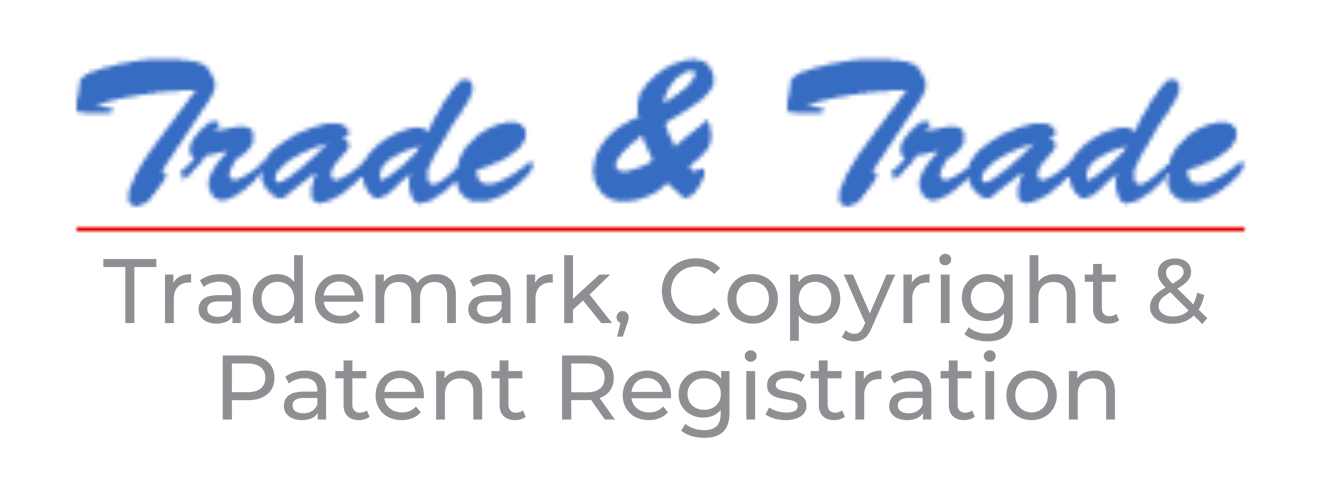
What is Cybersquatting?
Cybersquatting is the practice of registering, trafficking in or using a domain name with the intent to profit from the goodwill of someone else’s trademark or business name. This often involves registering a domain name that is identical or confusingly similar to a well-known brand or company name in order to exploit its reputation or to divert web traffic intended for that brand or company to a different website for financial gain or other malicious purposes. Cybersquatting is illegal in many countries, and victims of cybersquatting can take legal action to recover their domain names or seek damages from the cybersquatter. This has been discussed now trademark registration helps in cybersquatting and for the same contact Trade & Trade Coimbatore and Tirupur.
Cybersquatting Involving Trademarks Marks:
Cybersquatting involving trademarks occurs when a person or entity registers a domain name that is identical or confusingly similar to a registered trademark owned by someone else. This is often done with the intention of profiting from the trademark owner’s goodwill by diverting web traffic intended for the trademark owner to the cybersquatter’s website.
For example, if a company owns the trademark “XYZ” and someone registers the domain name “xyz.com” with the intention of selling it to the company at a higher price or using it to divert traffic to their own website, that would be an example of cybersquatting involving trademarks. For getting the content and domain name produced get the trademark registration from Trade & Trade Coimbatore and Tirpur.
Cybersquatting involving in the Service mark:
Cybersquatting involving service marks is similar to cybersquatting involving trademarks, but it involves a domain name that is identical or confusingly similar to a service mark owned by someone else. Service marks are used to identify and distinguish services provided by a particular company or individual, rather than goods.
For example, if a company provides a particular service under the service mark “ABC Services” and someone registers the domain name “abcservices.com” with the intention of selling it to the company at a higher price or using it to divert traffic to their own website, that would be an example of cybersquatting involving a service mark.
As with cybersquatting involving trademarks, cybersquatting involving service marks is illegal in many countries and can result in legal action by the service mark owner to recover the domain name or seek damages from the cybersquatter. It is important for businesses that use service marks to monitor their online presence and take action to protect their intellectual property rights.
Anticybersquatting Consumer Protection Act in India:
The Anticybersquatting Consumer Protection Act (ACPA) is a US federal law that provides a cause of action against individuals or entities that engage in cybersquatting. As such, the ACPA does not have any direct application in India.
However, India does have its own laws and regulations related to cybersquatting and domain name disputes. The Indian legal system provides a range of options for dealing with cybersquatting, including litigation under the Trademarks Act, the Indian Penal Code, and the Information Technology Act, of 2000.
In addition, the Indian registry for domain names, the National Internet Exchange of India (NIXI), has established a dispute resolution policy for domain name disputes that provides an alternative to litigation. Under this policy, disputes related to.IN domain names can be resolved through a process of mediation or arbitration.
Overall, while India does not have a law specifically modelled after the ACPA, it does have a range of legal and administrative tools for dealing with cybersquatting and protecting the intellectual property rights of trademark and service mark owners. Product your web address with trademark registration, in Coimbatore or Tirupur contact Trade & Trade.
What is ICANN
ICANN (Internet Corporation for Assigned Names and Numbers) is a nonprofit organization that is responsible for managing the global Domain Name System (DNS), which serves as the backbone of the Internet. ICANN coordinates the assignment of domain names, IP addresses, and other unique identifiers used on the Internet.
ICANN was founded in 1998 as a result of a US government initiative to privatize and internationalize the management of the DNS, which had previously been handled by the US government. Today, ICANN is a global organization with offices around the world, and it works in partnership with governments, businesses, and other stakeholders to ensure the stable and secure operation of the Internet.
Some of ICANN’s key responsibilities include:
- Assigning the f domain names and IP address management.
- Developing and implementing policies related to the operation of the DNS
- Facilitating the development of new top-level domains (TLDs)
- Managing the operation of the root zone file, which is a critical component of the DNS
ICANN is overseen by a multi-stakeholder community of individuals and organizations from around the world, including representatives from governments, the private sector, civil society, and the technical community.
ICANN Arbitration Procedures Usage:
ICANN (Internet Corporation for Assigned Names and Numbers) has established a Uniform Domain Name Dispute Resolution Policy (UDRP) to provide a streamlined and cost-effective way for trademark and service mark owners to resolve disputes related to domain name registration. The UDRP is an arbitration procedure that is used to resolve disputes between a trademark or service mark owner and a domain name registrant.
Under the UDRP, a trademark or service mark owner can file a complaint with an approved dispute resolution service provider, such as the World Intellectual Property Organization (WIPO) or the National Arbitration Forum (NAF). The complaint must allege that the domain name is identical or confusingly similar to the trademark or service mark and that the registrant has no legitimate interest in the domain name, getting it registered and using it in bad faith.
If the dispute resolution service provider finds in favour of the trademark or service mark owner, the domain name may be transferred or cancelled. The UDRP is designed to be a quicker and less expensive alternative to litigation, and it can be used to resolve domain name disputes for all generic top-level domains (gTLDs) such as .com, .org, and .net.
ICANN also has other dispute resolution procedures for specific types of domain name disputes, such as the Uniform Rapid Suspension System (URS) for clear cases of cybersquatting and the Post-Delegation Dispute Resolution Procedure (PDDRP) for disputes related to new gTLDs.
In this blog, we have tried to give a detailed explanation of the Cybersquatting for which Trademark registration is most important get it easily done contact Trade & Trade Coimbatore and Tirupur.




